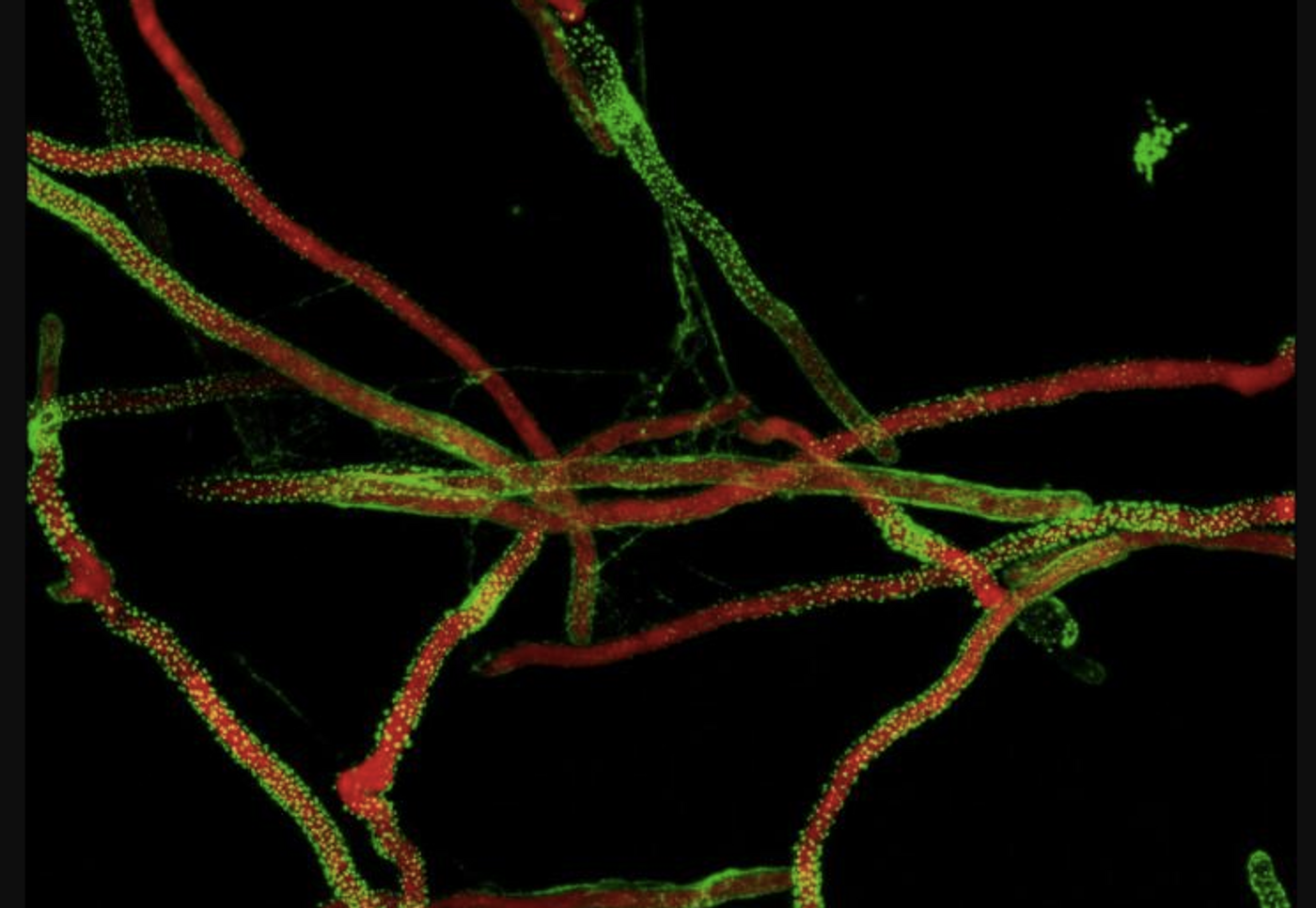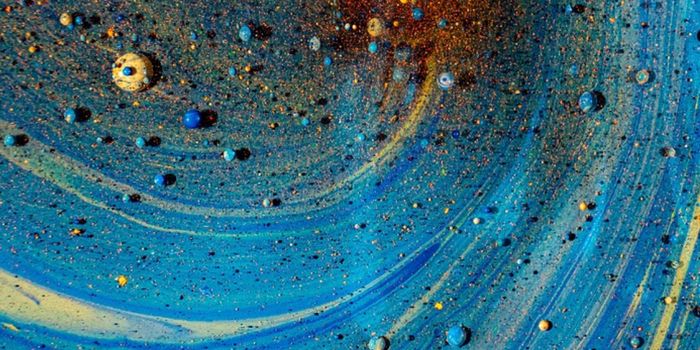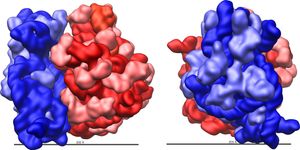Using Enzymes to Eradicate Dangerous Biofilms
Biofilms can be dangerous. They grow on many surfaces, including medical devices; these slimy layers are created by microbes like bacteria and fungi as they form large colonies. They can provide protection to the microbes, enabling them to avoid the immune system and resist the effects of antibiotics. Because they commonly grow on devices inside the human body like implants and catheters, figuring out how to get rid of them is a priority. Researchers working at Research Institute of the McGill University Health Centre (RI-MUHC) and The Hospital for Sick Children (SickKids) have good news - they created a new way to use enzymes to break down biofilms, and stop them from forming.
Publishing in the Proceedings of the National Academy of Sciences (PNAS), the work is a new way to approach the fight against nosocomial, hospital-acquired infections such as pneumonia or urinary tract infection. Infections that are associated with biofilms are deadly and especially tenacious. They generate a matrix from sugar molecules that creates a barrier that can physically and chemically prevent antibiotics from getting to their microbial targets.
"We were able to use the microbe's own tools against them to attack and destroy the sugar molecules that hold the biofilm together," said co-principal investigator of the report, Dr. Don Sheppard, Director of the Division of Infectious Diseases at the MUHC and a scientist with the Infectious Diseases and Immunity in Global Health Program at the RI-MUHC. "Rather than trying to develop new individual 'bullets' that target single microbes we are attacking the biofilm that protects those microbes by literally tearing down the walls to expose the microbes living behind them. It's a completely new and novel strategy to tackle this issue."
While studying machinery that these organisms use to make their biofilms, the scientists discovered enzymes that cut up the sugar molecules, which glue biofilms together. "Microbes use these enzymes to move sugar molecules around and cut them into pieces in order to build and remodel the biofilm matrix," said Sheppard, a Professor in the Departments of Medicine and Microbiology and Immunology at McGill University. The researchers found a way to harness these enzymes so the sugar barrier is broken down and the pathogen is left vulnerable to antibiotics and host defenses.
"We made these enzymes into a biofilm destroying machine that we can use outside the microbe where the sugar molecules are found," explained co-first author Brendan Snarr, a PhD candidate in Sheppard's lab. "These enzymes chew away all of the sugar molecules in their path and don't stop until the matrix is destroyed."
"Previous attempts to deal with biofilms have had only limited success, mostly in preventing biofilm formation. These enzymes are the first strategy that has ever been effective in eradicating mature biofilms, and that work in mouse models of infection," added Sheppard.
Sheppard's team produced this work in collaboration with researchers in the laboratory of Dr. P. Lynne Howell, senior scientist in the Molecular Medicine program at SickKids. For several years the researchers aimed to fight biofilms associated with two common pathogens associated with infections of the lungs. These microbes, a bacterium - Pseudomonas aeruginosa and a fungus - Aspergillus fumigatus (growing in red in the video above) are an enormous challenge to people sickened by chronic lung diseases like cystic fibrosis.
"When we took the enzymes from bacteria and applied them to the fungi, we found that they worked in the same way on the fungi biofilm; which was surprising," said study co-principal investigator, Dr. P. Lynne Howell, a Professor in the Department of Biochemistry at the University of Toronto. "What's key is that this approach could be a universal way of being able to leverage the microbes' own systems for degrading biofilms. This has bigger implications across many microbes, diseases and infections."
"Over 70 percent of hospital-acquired infections are actually associated with biofilms and we simply lack tools to treat them!" said. Sheppard. The investigators think the new therapy has enormous potential and they are hoping to bring it to market in the future.
Related: Microscopy Technique Enables Observation of Biofilm Formation
Sources: AAAS/Eurekalert! via McGill University Health Centre, PNAS









